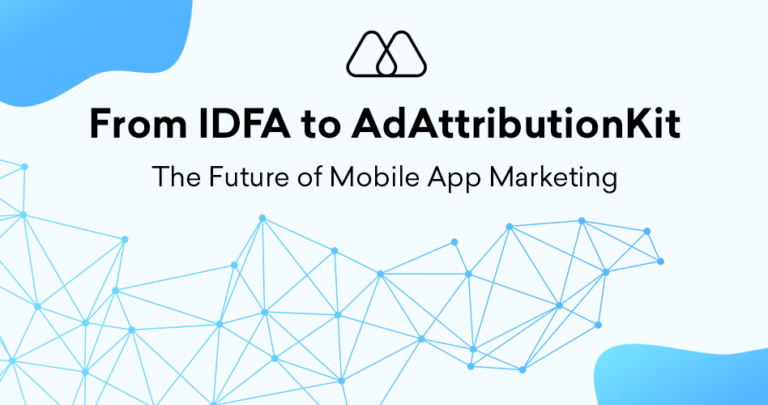In the data-driven world of mobile app marketing, success hinges on measuring the effectiveness of your advertising efforts. Return on Ad Spend (ROAS) is a key metric used to do this. This article delves into the concept of ROAS, explores its applications in mobile advertising, and offers insights on optimizing your campaigns for maximum return.
What is Return on Ad Spend (ROAS)?
Return on Ad Spend (ROAS) is a financial metric that measures the efficiency of an advertising campaign. It calculates the amount of revenue generated for every dollar spent on advertising. Here’s the basic formula:
ROAS = Revenue Generated from Ad Campaign / Cost of Ad Campaign
Why is ROAS Important in Mobile App Marketing?
Return on Ad Spend (ROAS) plays a crucial role in mobile app marketing for several reasons:
- Campaign Performance Evaluation: It provides a snapshot of how effectively your advertising campaigns are gaining revenue for your app. A high ROAS indicates a profitable campaign, while a low ROAS suggests a need for optimization.
- Budget Allocation: ROAS insights help you allocate your advertising budget strategically. You can prioritize channels and strategies that deliver the highest return on investment.
- Campaign A/B Testing: By comparing the ROAS of different ad creatives, targeting strategies, or app store optimization tactics, you can identify the most effective approaches for your app.
- Benchmarking: ROAS allows you to benchmark your performance against industry averages or competitor data to identify areas for improvement.
Understanding ROAS in Different App Monetization Models
The way you calculate and interpret ROAS can vary depending on your app’s monetization model:
- In-App Purchases (IAP): Here, revenue is directly generated from user purchases within the app. ROAS is calculated based on the total revenue generated from IAPs attributed to the ad campaign.
- Subscriptions: ROAS considers the total lifetime value (LTV) of acquired users for subscription-based apps, rather than just the immediate revenue from the initial subscription purchase.
- Freemium Model: ROAS might be calculated based on in-app advertising revenue from users acquired through the ad campaign for freemium apps. Two examples of companies that use the freemium business model are Spotify and Skype.
Optimizing Your Mobile App Campaigns for High ROAS
Here are some strategies to optimize your mobile app marketing campaigns for a high ROAS:
- Targeting Optimization: Refine your targeting strategies to reach users with a higher propensity to convert and generate revenue for your app.
- Creative A/B Testing: Continuously test different ad creatives to identify those that resonate most effectively with your target audience and drive higher conversions.
- App Page Optimization: Ensure a seamless user experience from the ad to the app store page. Optimize icons, screenshots, and copy to maximize user engagement and conversion rates.
- Bidding Strategies: Leverage data-driven bidding strategies within your ad platform to optimize bids for higher-value conversions.
- Attribution Modeling: Choose the appropriate attribution model to accurately track which touchpoints contribute most to conversions and calculate ROAS effectively.
5 Key Takeaways from ROAS
- Core Mobile Marketing Metric: ROAS is a fundamental metric for measuring the effectiveness of your mobile app advertising campaigns.
- Evaluate Campaign Efficiency: A high ROAS indicates a profitable campaign, while a low ROAS suggests room for optimization.
- Budget Allocation & A/B Testing: Use ROAS data to allocate budget strategically and identify the most effective campaign elements through A/B testing.
- Monetization Model Matters: The calculation and interpretation of ROAS may vary depending on your app’s monetization model (IAP, subscriptions, freemium).
- Optimizing for Conversions: Focus on strategies like targeting optimization, creative testing, and landing page optimization to maximize conversions and boost ROAS.
In today’s competitive mobile app landscape, data-driven decision-making is paramount. Return on Ad Spend (ROAS) provides a powerful tool to evaluate campaign performance, optimize budget allocation, and maximize the return on your mobile app advertising investment. By understanding the nuances of ROAS and implementing strategic optimization techniques, you can ensure your mobile app marketing efforts deliver sustainable success.




